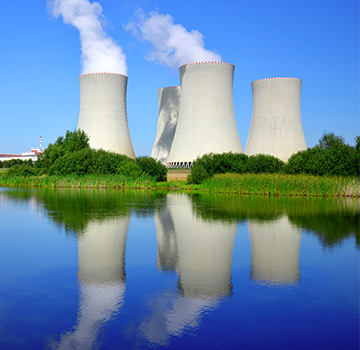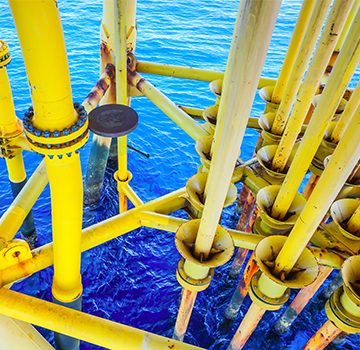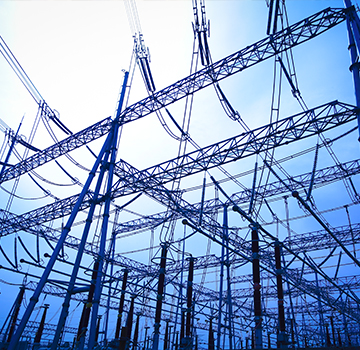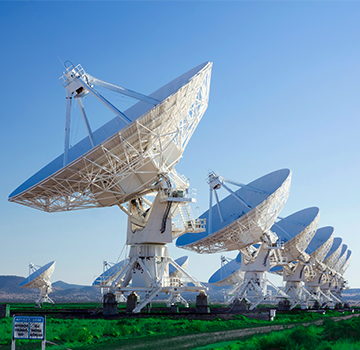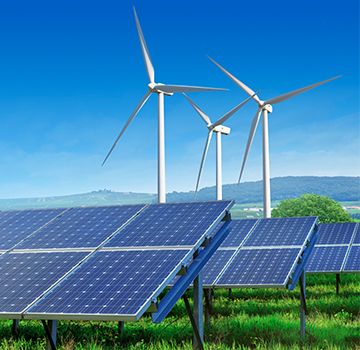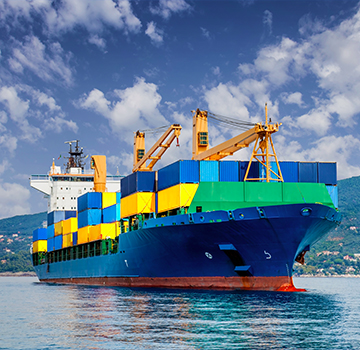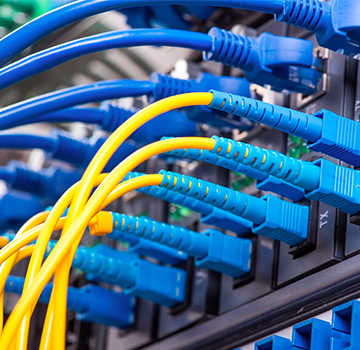The integration of renewables
The Eastern Interconnection or (EI), is a power grid located in the East of the United States. It’s a large and incredibly complex network, comprising of 5,600 generators, 50,000 nodes and 60,000 transmission lines all kept in a constant balance. The EI has been operating for over a hundred years and brings energy to around 240 million people. When measured with the Canadian Eastern Interconnection, the two networks form the largest coordinated power system in the world.
The grid was built to transmit energy derived predominantly from fossil fuels: coal, nuclear, natural gas and also hydro power. But the renewables revolution is causing policymakers to now question whether the grid can accommodate more energy from clean sources. The technical feasibility of integrating ever increasing amounts of renewable energy is the main issue, prior to the question of how it may be accomplished politically and economically.
The National Renewable Energy Laboratory (NREL) recently released a study looking at this very question. The study is complex and involves huge data sets that ultimately illustrate it can indeed be done. In fact, the EI grid could accommodate lots of types of renewables, and very quickly. Good news as it’s estimated that it will need to accommodate 30% variably generated power by 2026. Which means a whopping 30% reduction in greenhouse gas emissions.
Is the future of the EI secure?
Luckily, due to its location in the US with its stable infrastructure, the addition of variably generated energy and energy storage systems to the EI should be relatively straightforward. This wouldn’t be the case for many other countries in the world where grid stability is a huge issue. In these locations the integration of variable energy generation requires more specialised solutions.
With energy storage systems in place, it’s likely that the grid will be able to accommodate much more than the required 30% in the next 10 years. Energy storage systems also provide a wealth of benefits when integrating variably generated power sources.
Energy storage can meet the challenges
Some of the challenges The NREL identified as arising through the integration of variable generation or VG, can be solved through the addition of energy storage. For example, integrating more VG means that coal and natural gas plants will need to ramp up and down more frequently and more quickly, leading to greater ‘wear and tear’. The peak hours of sunrise and sunset will also pose problems due to the steep ramp in demand.
Energy storage systems would help immensely by enabling the grid to cope with the variable levels of supply and demand from both renewable and traditional sources. Wear and tear could be minimised through the provision of greater load-levelling and peak-shaving capabilities, and this would be the case for all grid systems. Energy storage has the additional benefit of enabling grid operators to reduce congestion and defer cost increases during peak transmission periods.
The integration of VG will not necessarily require the grid to go through a drastic engineering or reconstructive overhaul. Efficient energy storage systems can greatly reduce the need to invest in additional substation construction and expensive infrastructure development projects. Energy storage systems can transform the way the energy is used by the grid in the most efficient and cost-effective way.
SEC are grid management specialists
If you’re looking for enhanced grid management efficiency, get in touch today. SEC’s energy generation and storage systems are cost-effective for a number of reasons. We provide an enormous range of highly durable, low maintenance batteries at a lower price than our competitors as well as complete energy generation systems.
Efficient energy storage systems in grid operations not only defer cost increases that occur during peak transmission periods, but provide grater stability against the ever increasing demand that renewable energy places on utility providers.
If you’re a stakeholder in grid services, don’t hesitate to get in touch. SEC will support you throughout the entirety of your project’s life cycle, from preparation of specifications (front-end engineering and design), product delivery and installation, to testing, commissioning, after sales service and maintenance.
Our experts will help you choose the perfect solution for the specific requirements of the grid management services in question . With over 40 years in the industry,
